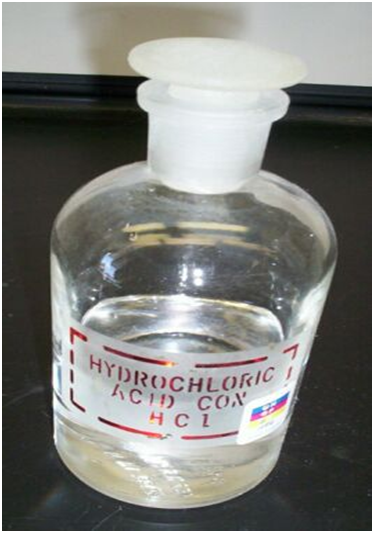Muriatic acid is an excellent cleaning product when used on certain building materials, such as cement and grouting, but it is also very dangerous and needs to be handled with extreme caution. Here we explain the uses of muriatic acid and give guidance on how to use this excellent product in a safe manner.

Muriatic acid
Muriatic acid is another name for hydrochloric acid, which is a solution of hydrogen chloride in water. The solution is normally 30-40 per cent hydrogen chloride and 60-70 per cent water, depending on the solution. The liquid has a yellow appearance and, as an acid, is extremely corrosive. Undiluted contact with skin and eyes can be extremely damaging. Contact with other surfaces can also cause extreme damage, and anyone using it must ensure they check the properties of any surfaces before applying it; for example, it is very damaging to fabrics and varnish.

Cleaning masonry
This strong acid has many uses as a cleaning product, such as for masonry cleaning in preparation for painting. When the muriatic acid solution encounters the masonry, it neutralises the alkalinity of the surface, which becomes rough or etched in appearance. When this happens, the surface is prepped for painting or coating, as adhesives and paints will work optimally. There may be a white powder residue that will need to be cleaned before painting/sealing. Masonry cleaning with muriatic acid is the optimum way to prep the surface efficiently; however, there are steps you need to follow before using the solution to prevent an accident.
Preparing the solution
There are products available on the market from providers such as masonry cleaning by Stone Health. If you are using a solution that requires dilution, you need to check the ratio in the instructions. Always remember to add muriatic acid to water and not the other way around, as you may cause a chemical reaction that can result in burns.
Protective measures
Make sure you are wearing suitable clothing, gloves, a respirator and safety glasses to avoid harming yourself. Keep fresh water on standby in case you need to rinse yourself or the surface you are cleaning. Have water available to rinse when finished, and baking soda for neutralising following any accidental splashes. You should also make sure the area is well ventilated.

